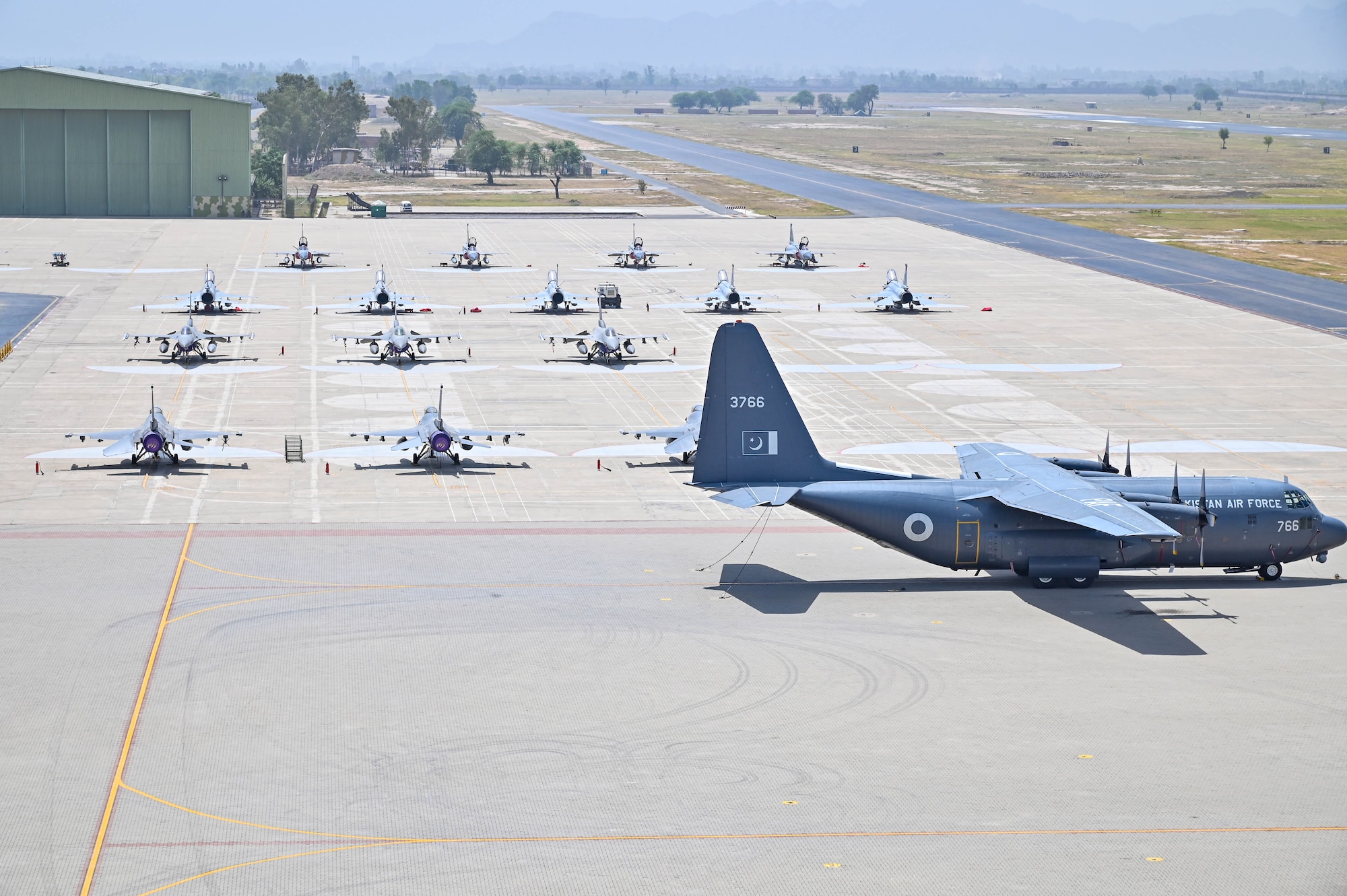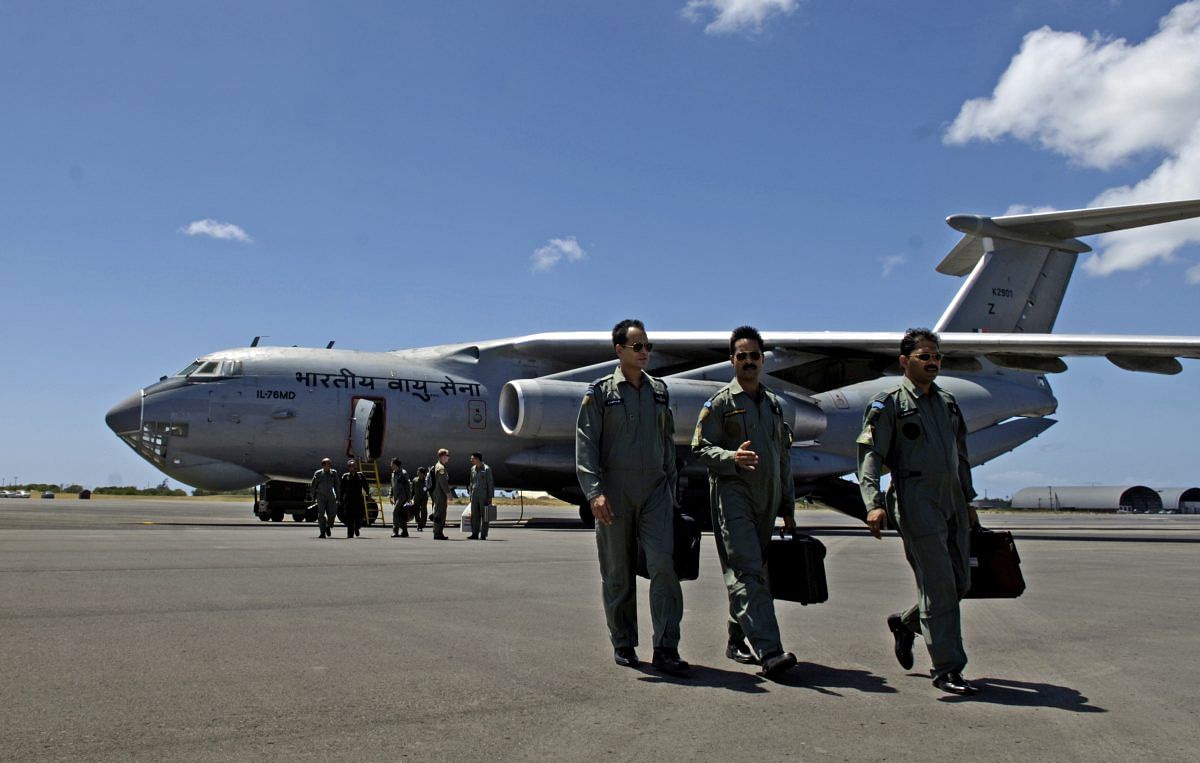Those are not fighter pilot numbers though in your attachment.
The whole question is silly in itself and so are your attempt to link it with other countries. Their "openness" only extends so far. Can you tell me number of bomber pilots for the USAF fleet? Why stop there, how about specifically for the B-52 fleet, or F-22 pilots.
Anyways these numbers are highly classified for PAF (which even wants to censor serial numbers on 50yr old Mirages) so end of discussion here.
Well I don't want to know total B-52 pilots or F-22P's for that matter. Question came to my mind, because I wanted to assess the human resource capability of PAF particularly in expansion. What if PAF wants to add 50 or 100 new platforms to it, so what kind of effort & time would be required to develop the required human resource or is it readily available. You get to think on those lines when you start thinking strategically rather than tactically. You can call it 'silly' or whaever, its upto you lol.
BTW, I didn't 'attempt' to go to other countries. Its you who asked originally if 'other' countries also give this data out. I only answered, yes they do it. There's no reason to make a fuss out of nothing and for no reason. That'll be all. I already got the info what I was seeking. Cheers.








